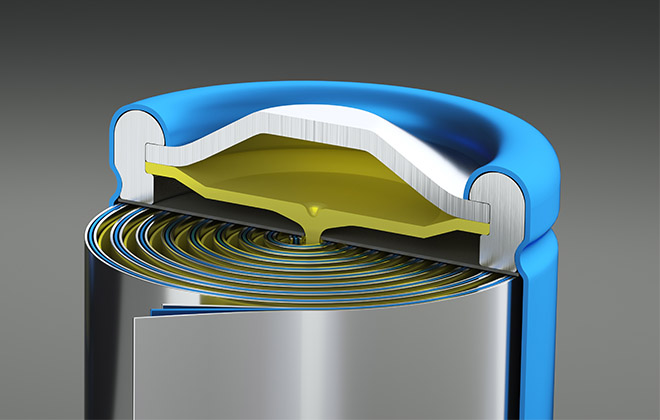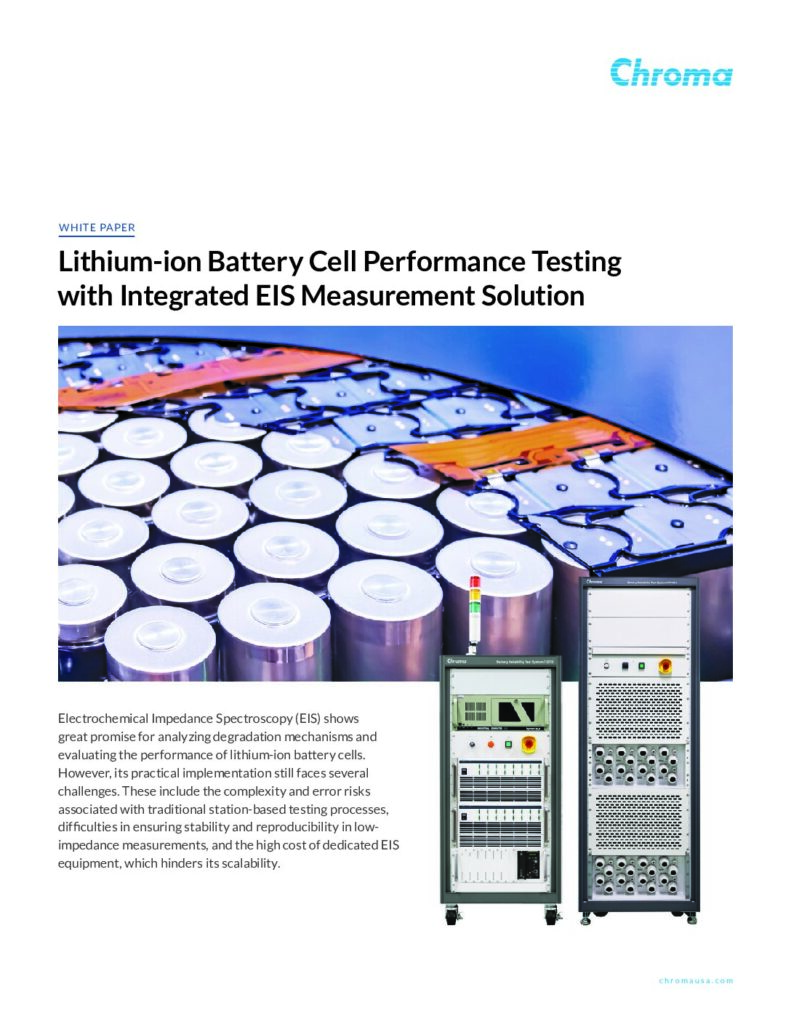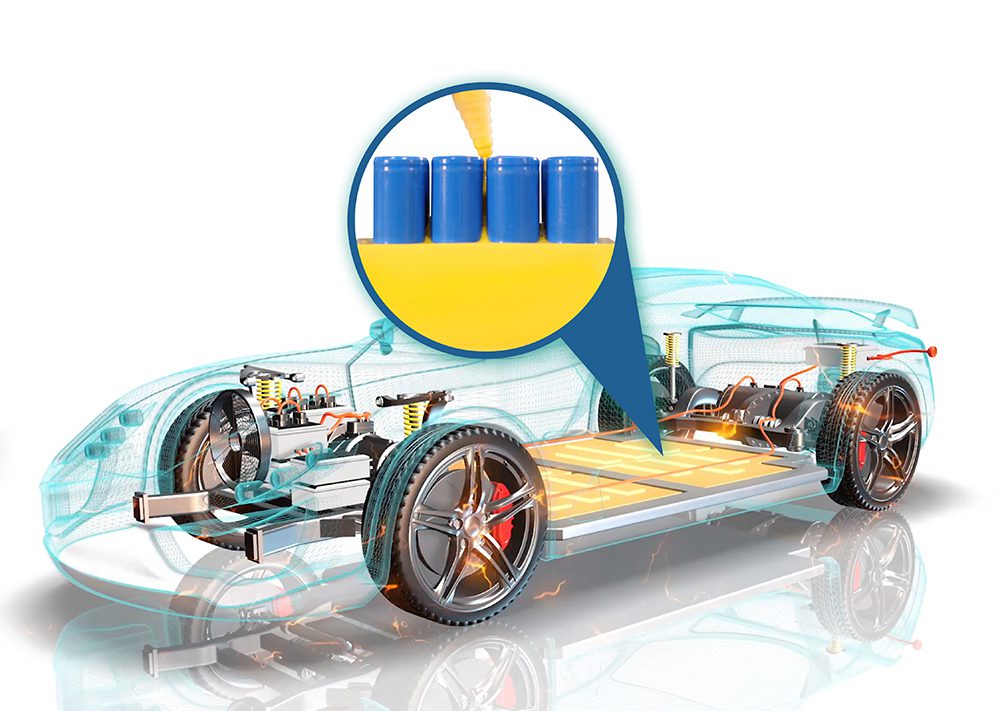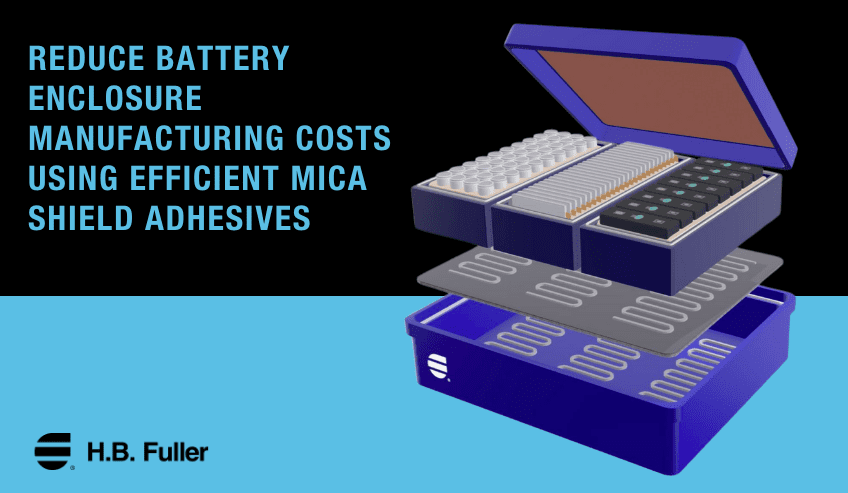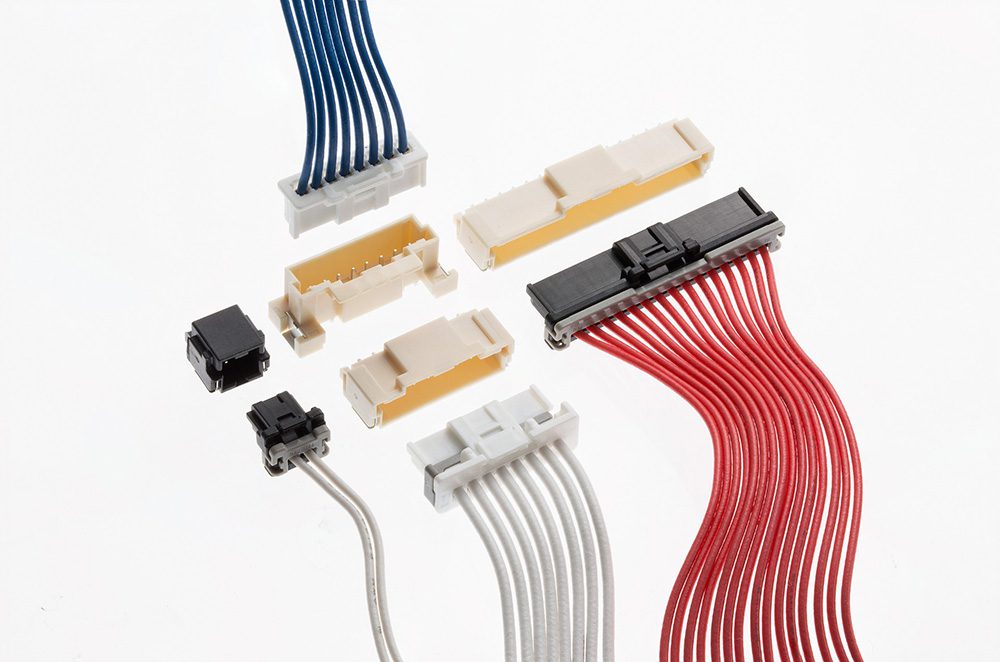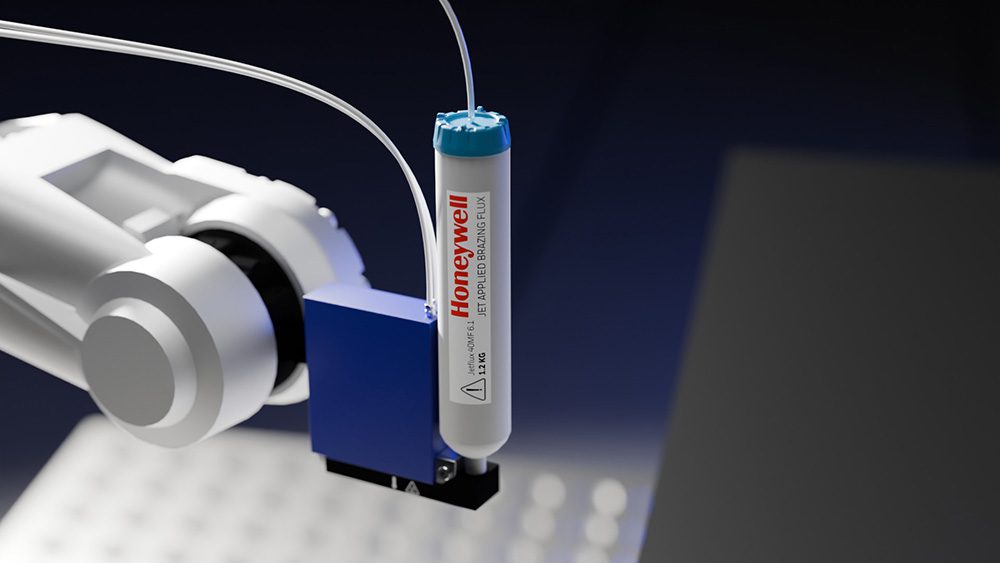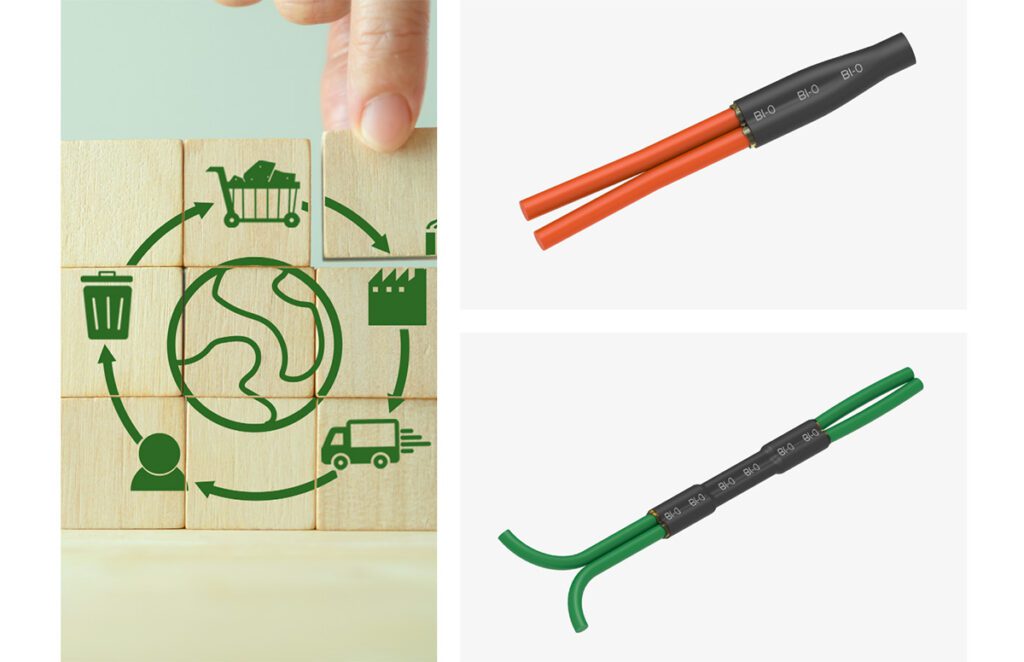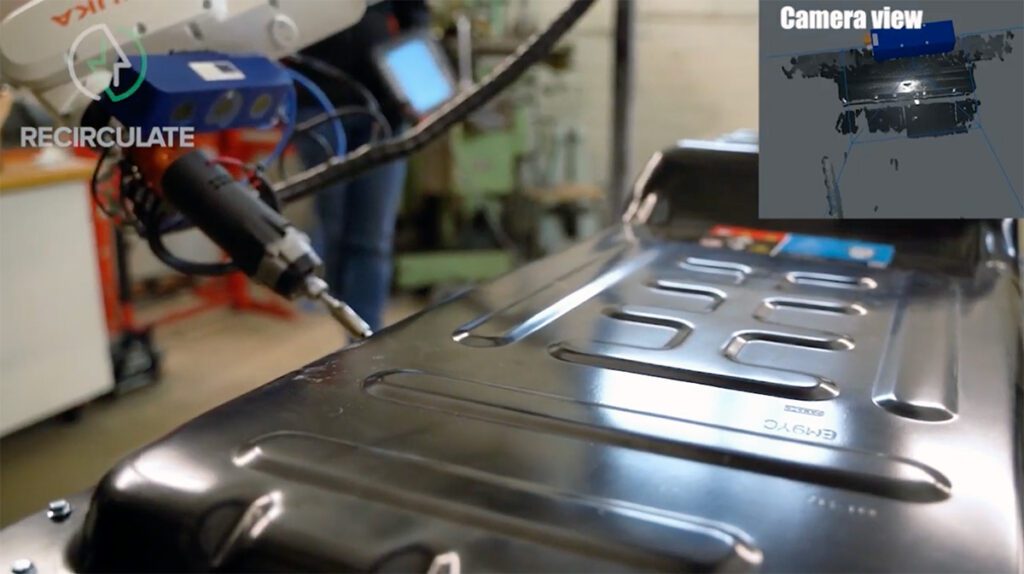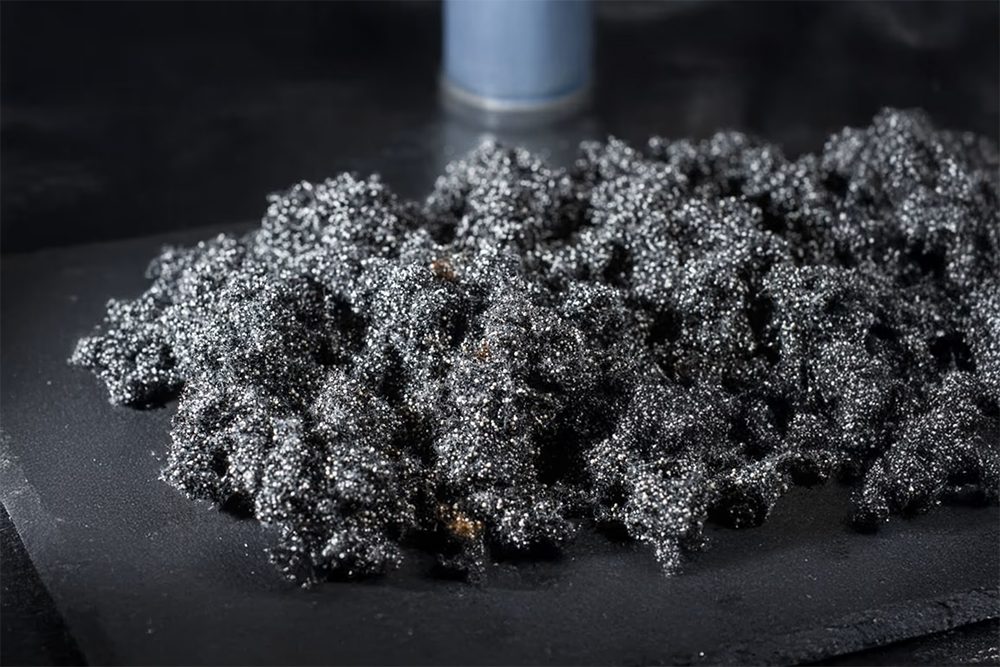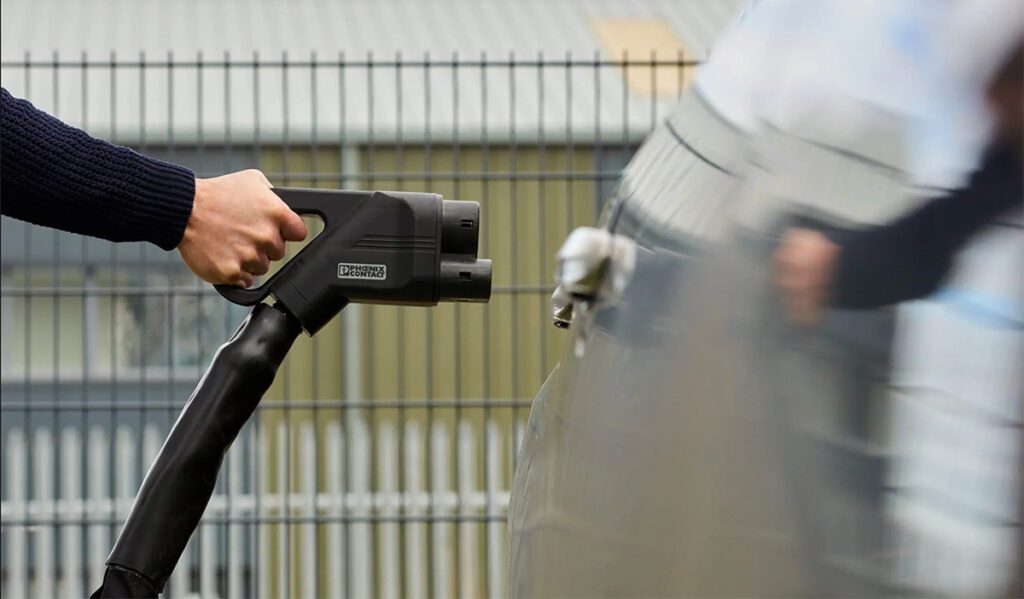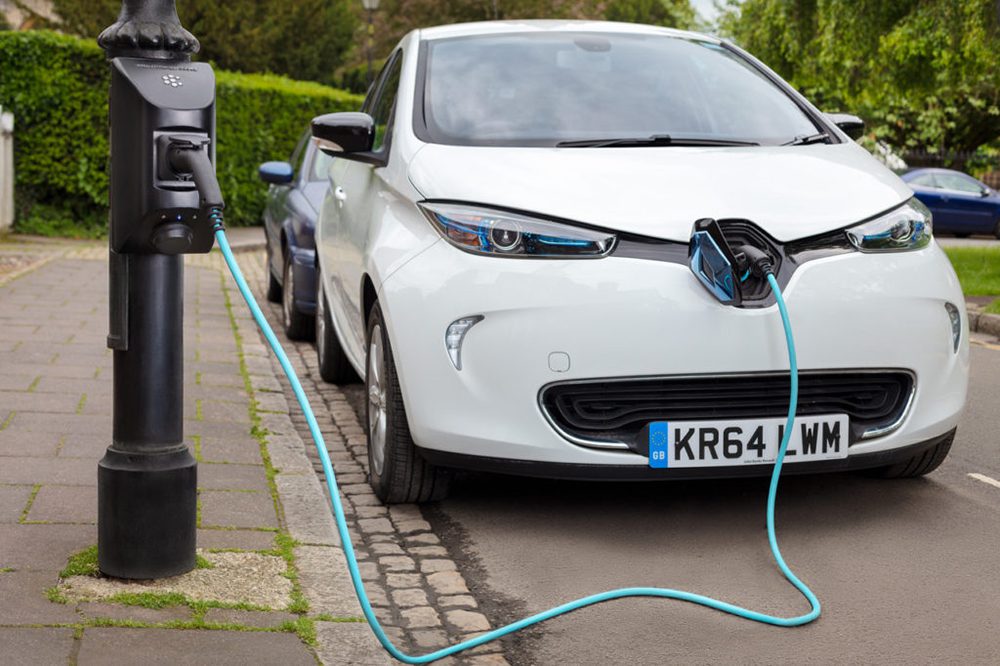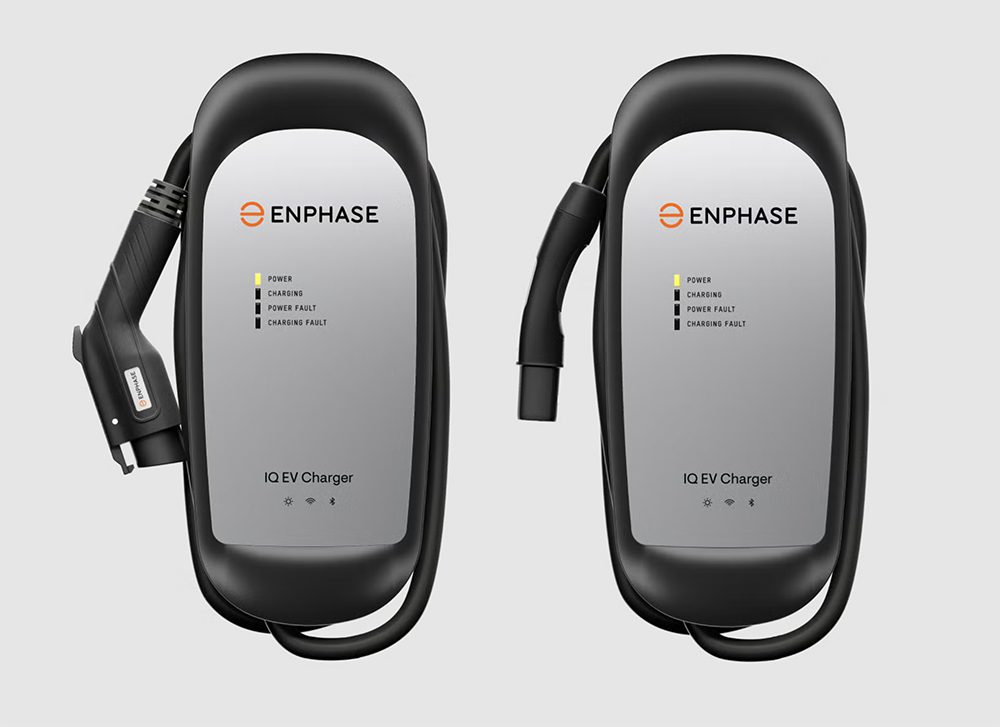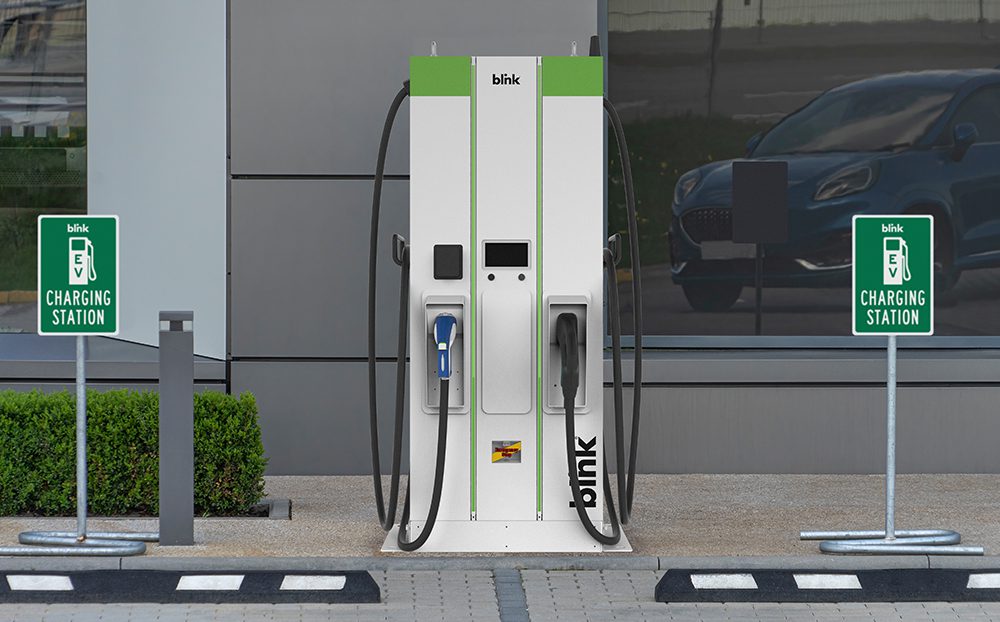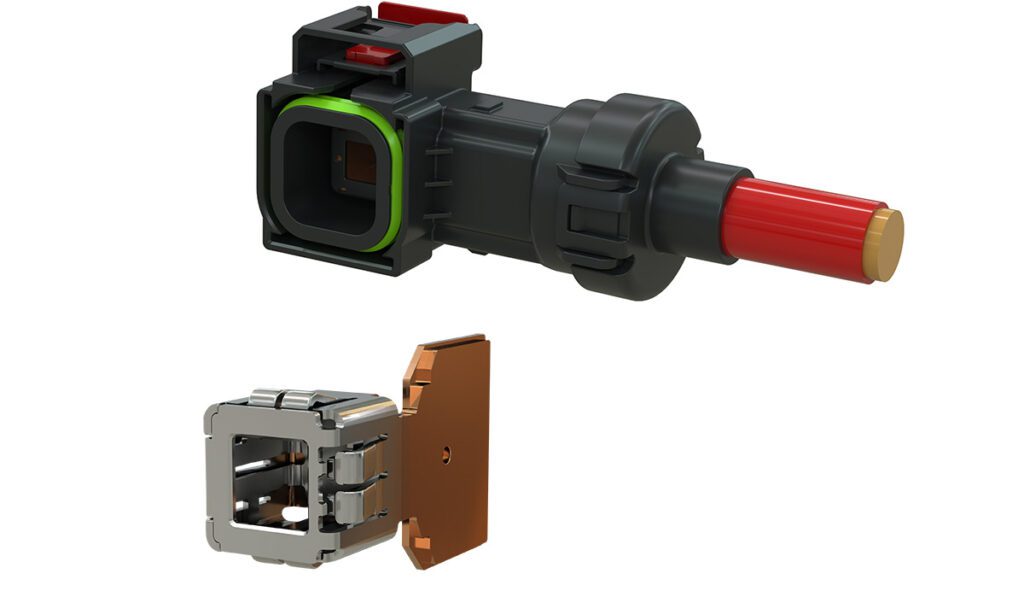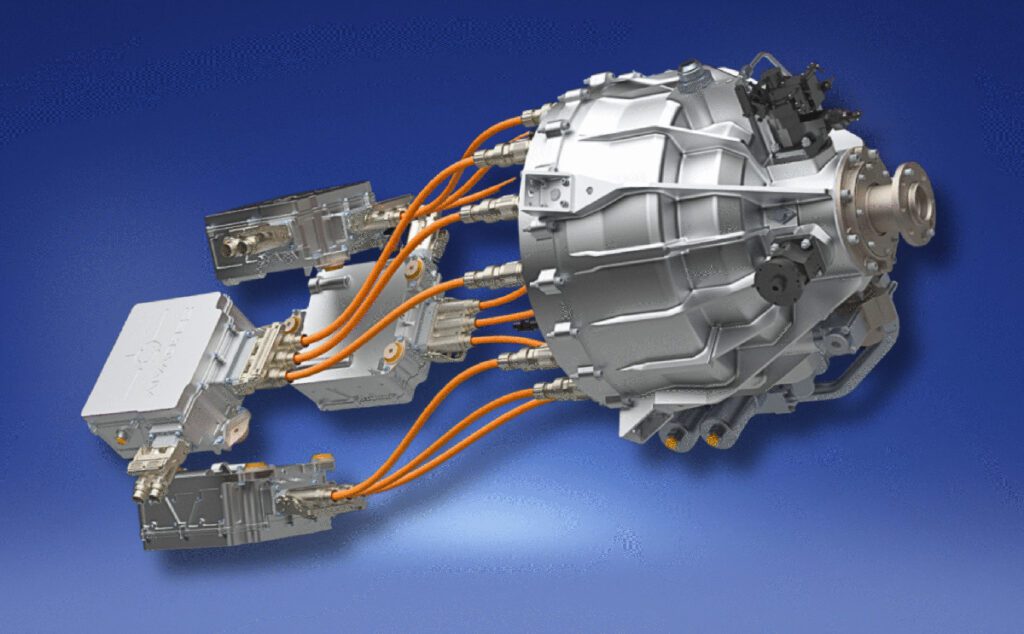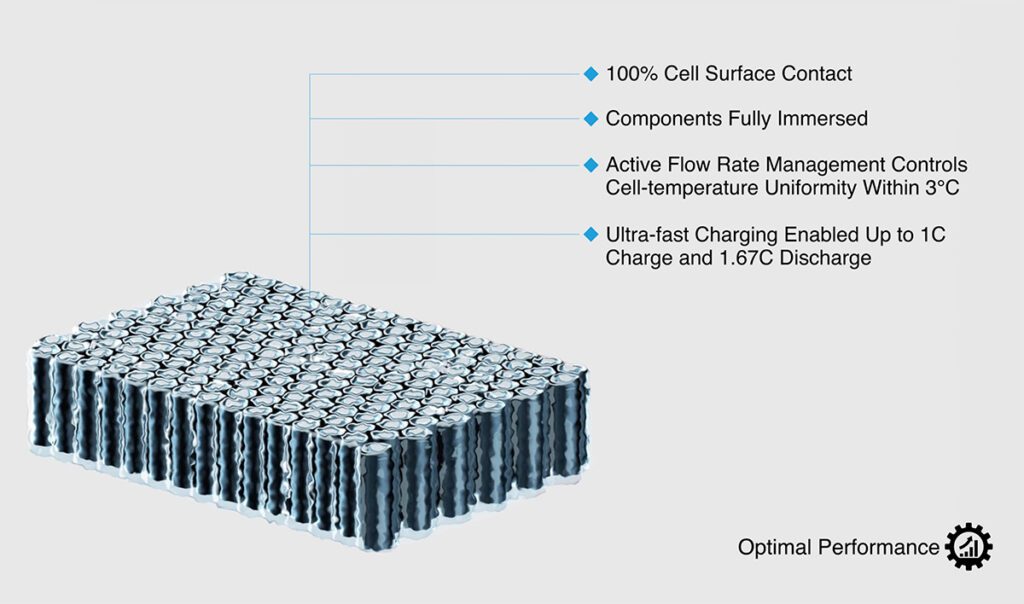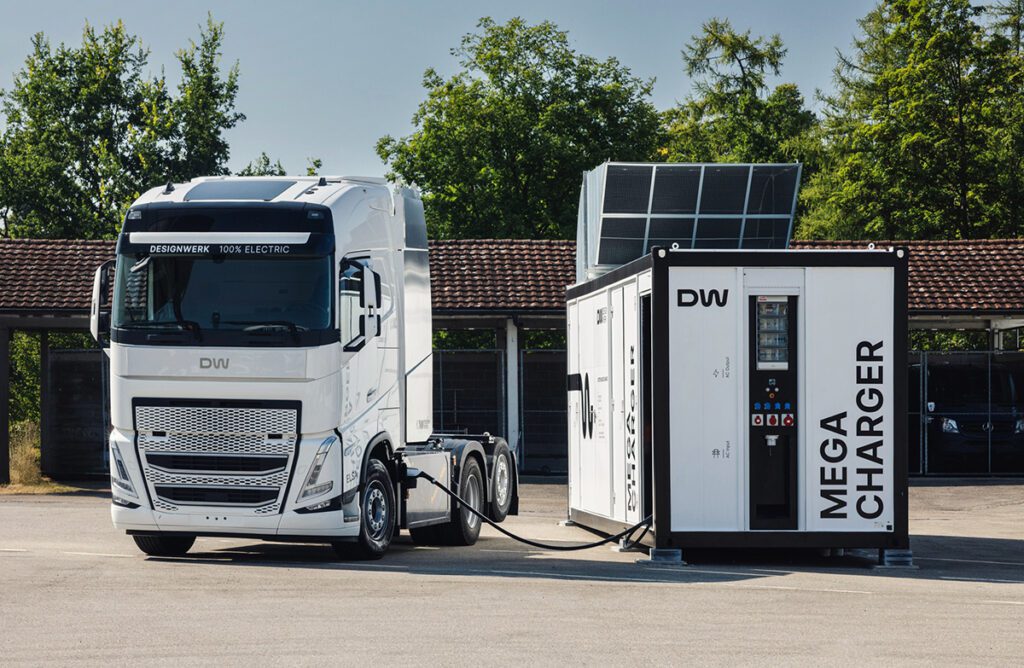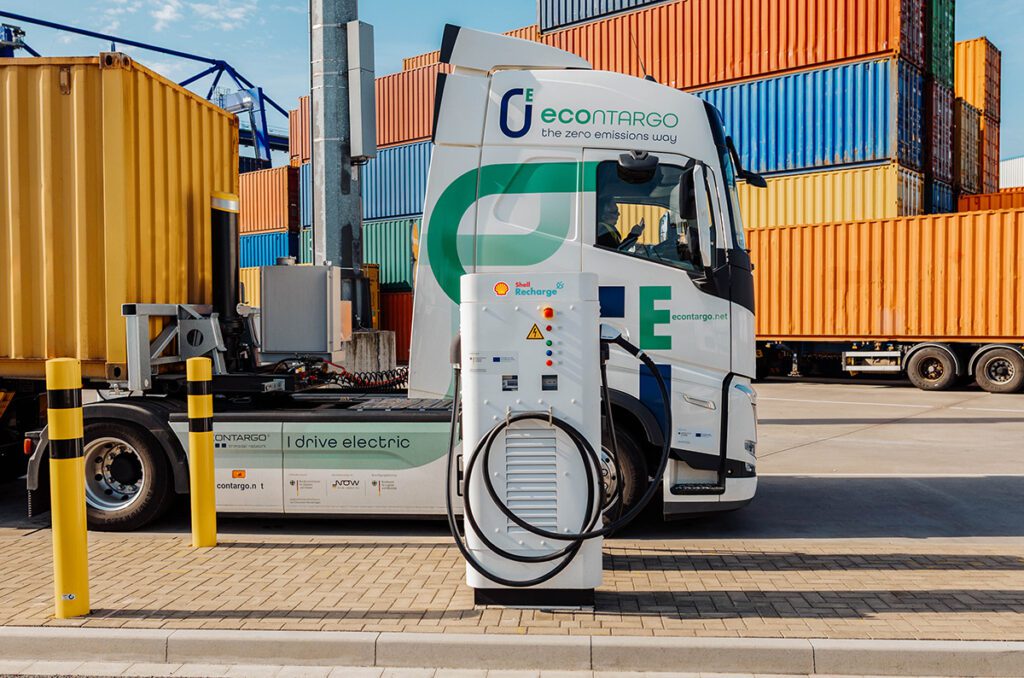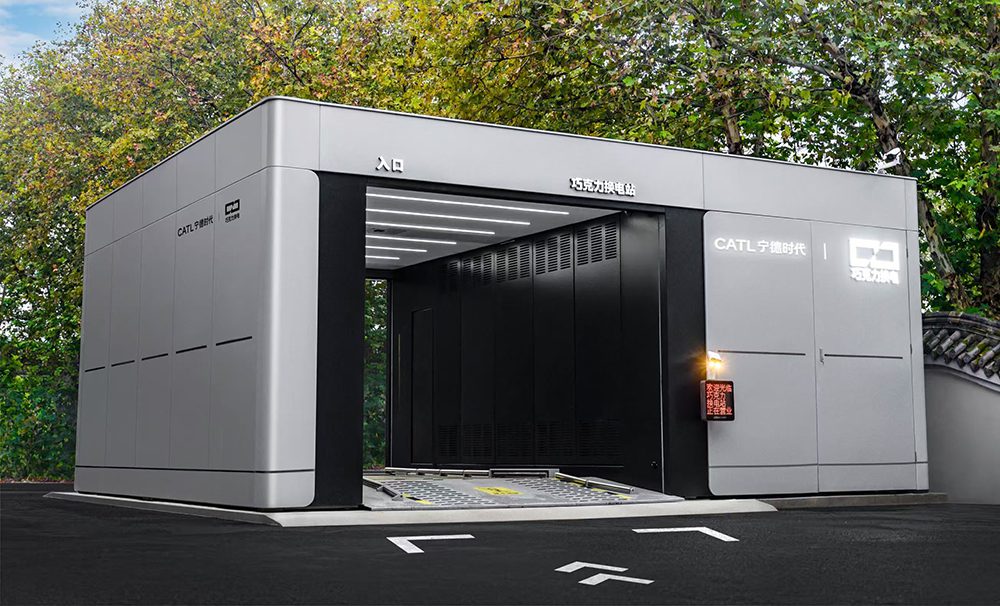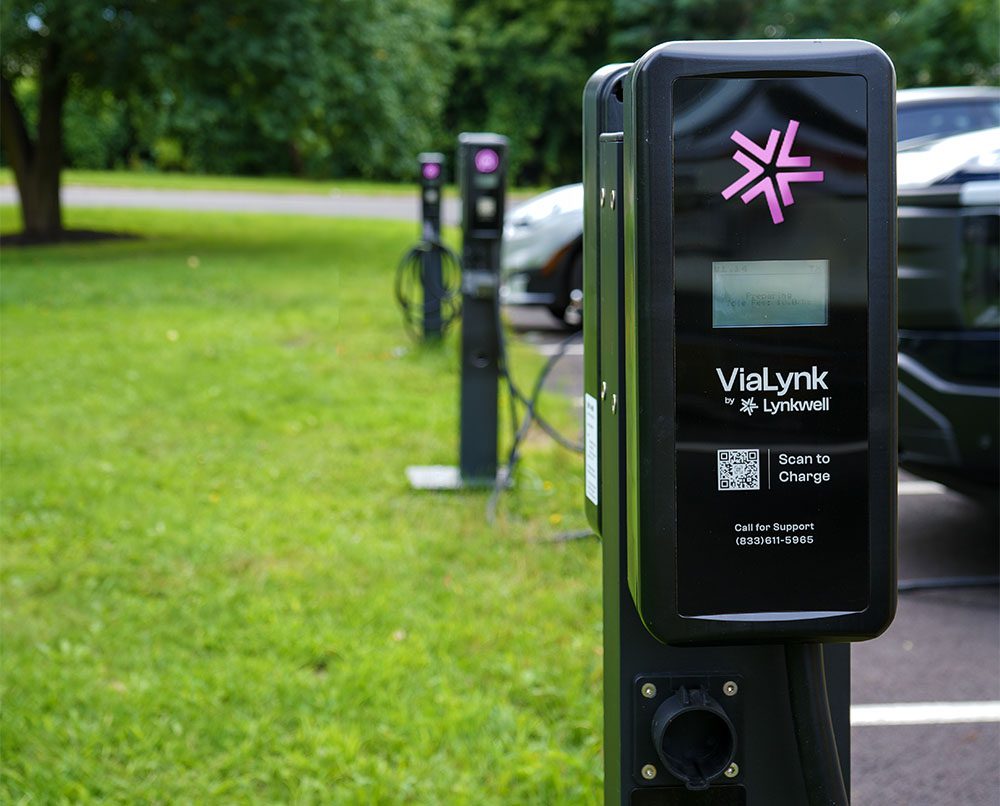Researchers from the Pacific Northwest National Laboratory (PNNL) have increased the lifetime of a lithium metal battery to a record 600 cycles.
The research was done through DOE’s Innovation Center for Battery500 Consortium. The work was published in the journal Nature Energy.
The PNNL team found a way to increase the battery’s lifetime using 20-micron-wide strips of lithium. The lithium metal battery created by the Battery500 team has an energy density of 350 Wh/kg. After 600 cycles, the battery retained 76 percent of its initial capacity.
The scientists found that thicker strips contribute directly to battery failure, due to reactions around the solid electrolyte interphase (SEI). Thinner lithium strips create good “wet SEI,” while the thicker strips have a higher chance of contributing to harmful “dry SEI.” The wet version retains contact between the liquid electrolyte and the anode. In the dry version, the liquid electrolyte doesn’t reach all of the lithium. Because the lithium strips are thicker, the electrolyte needs to flow into deeper pockets of the lithium, and this leaves other portions of the lithium dry, contributing directly to the early death of the battery.
“Many people thought thicker lithium would enable the battery to cycle longer,” said Jie Xiao, a corresponding author of the paper. “But that is not always true. There is an optimized thickness for each lithium metal battery depending on its cell energy and design.”




